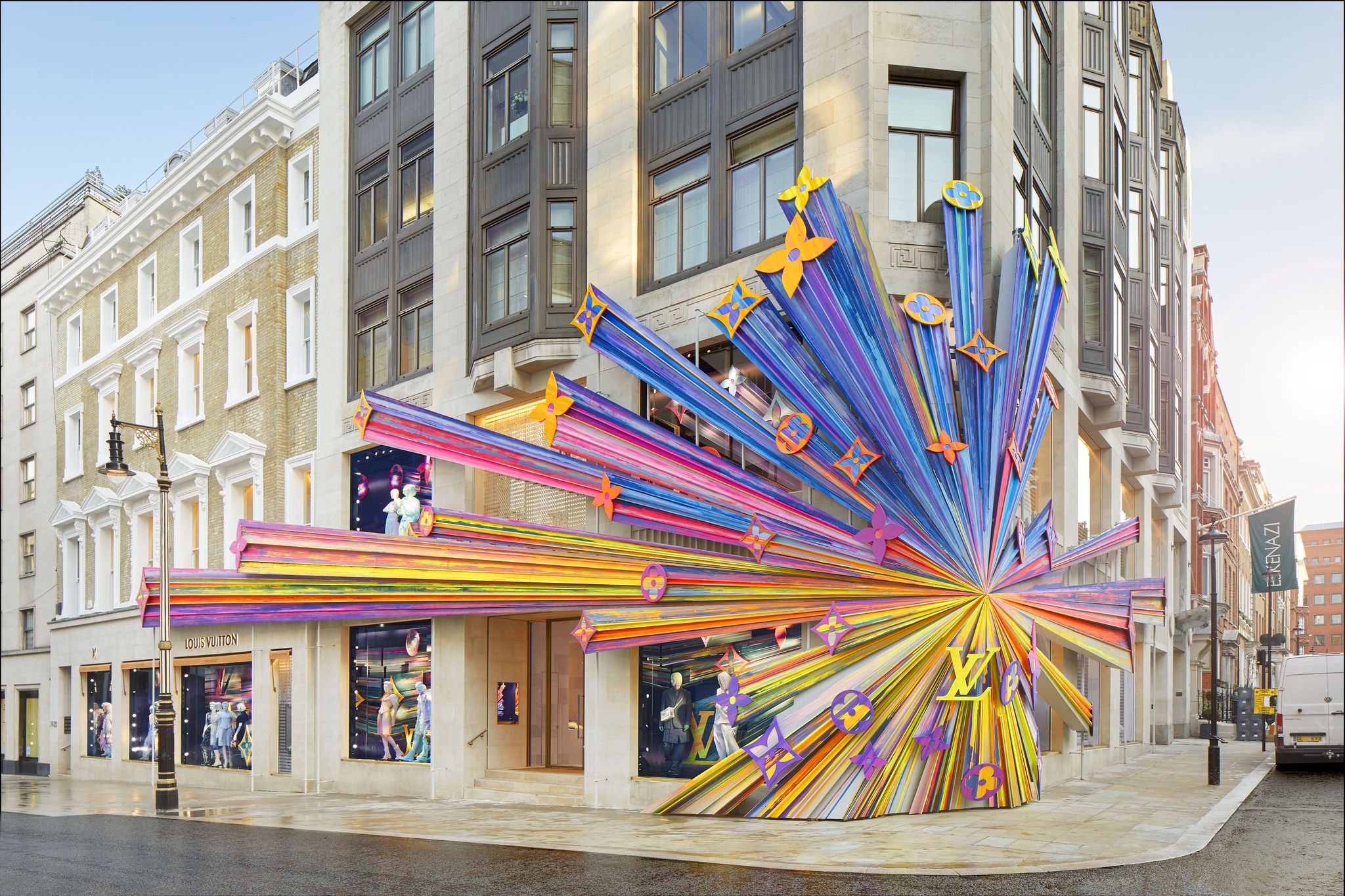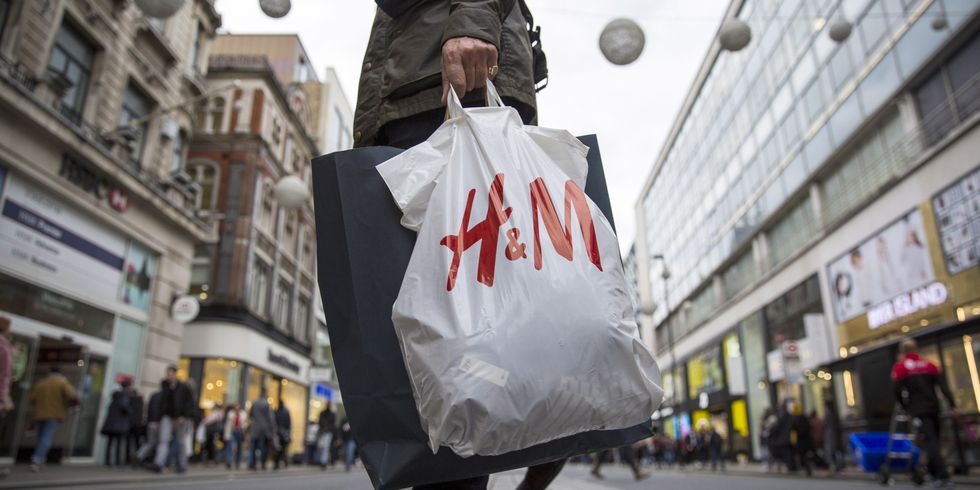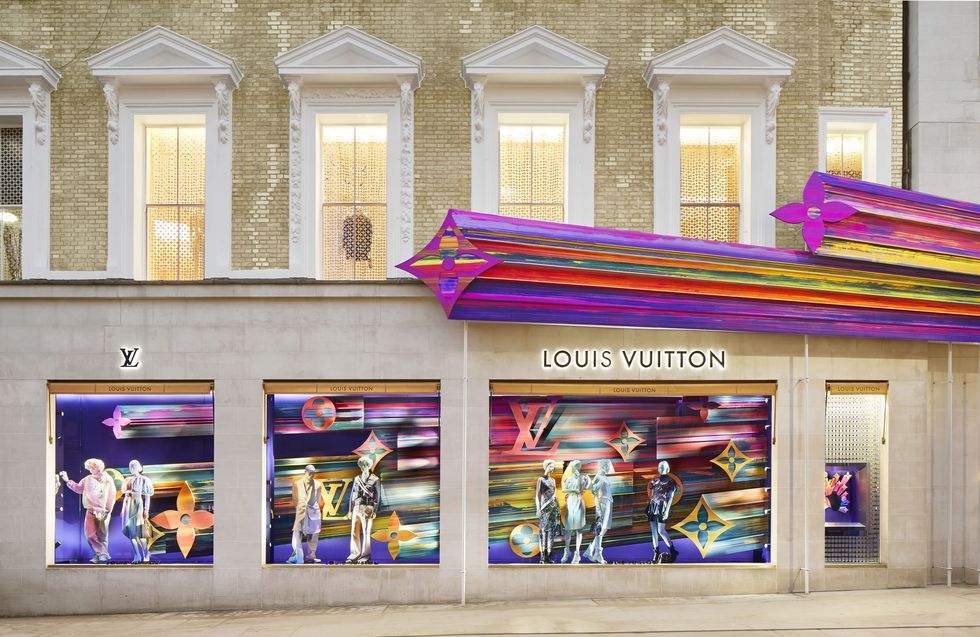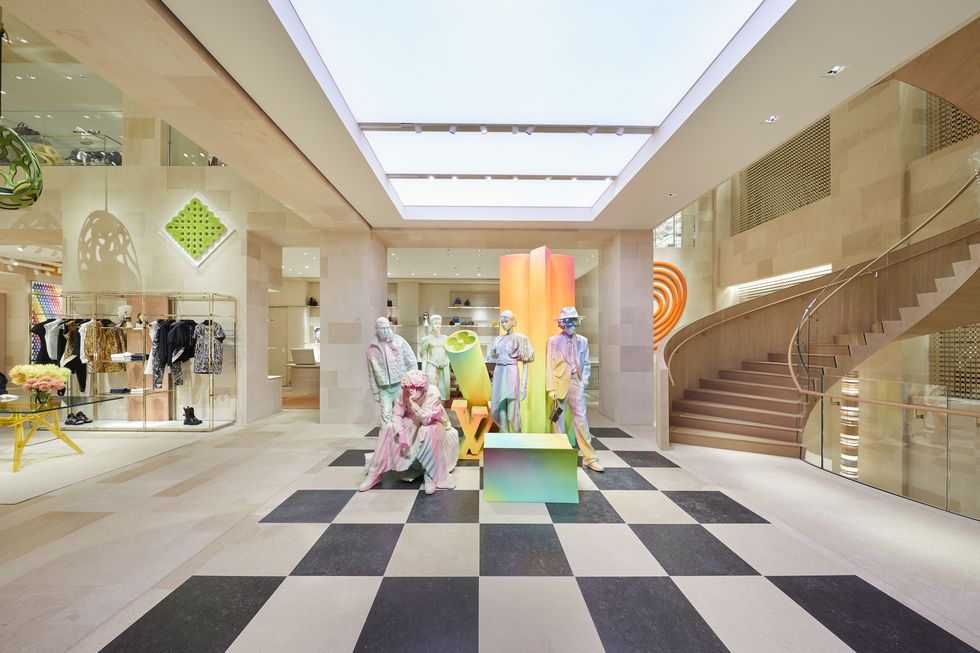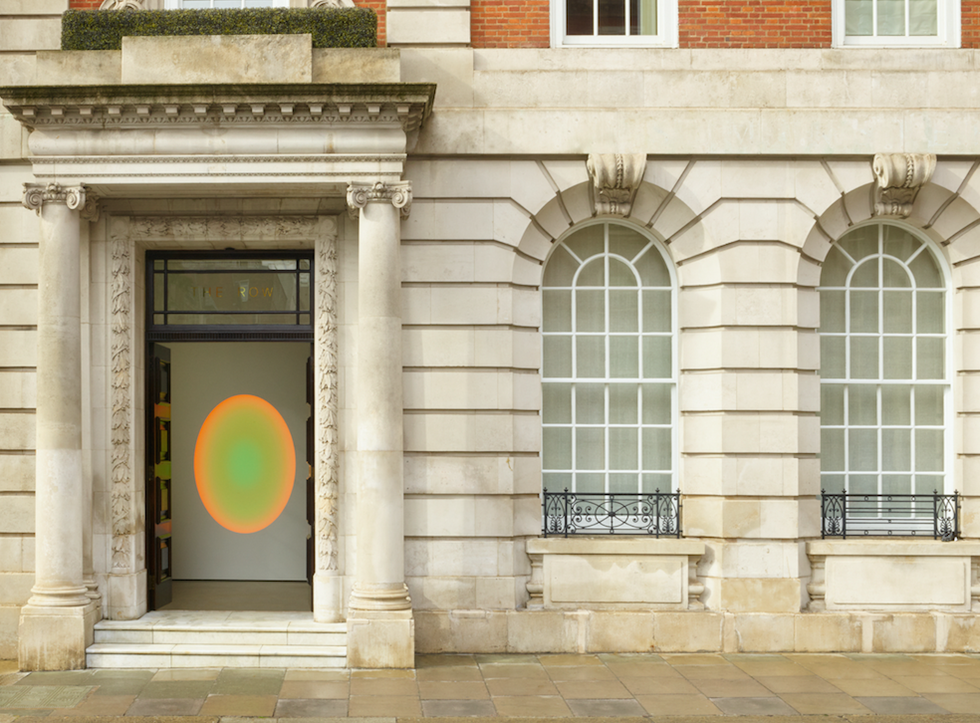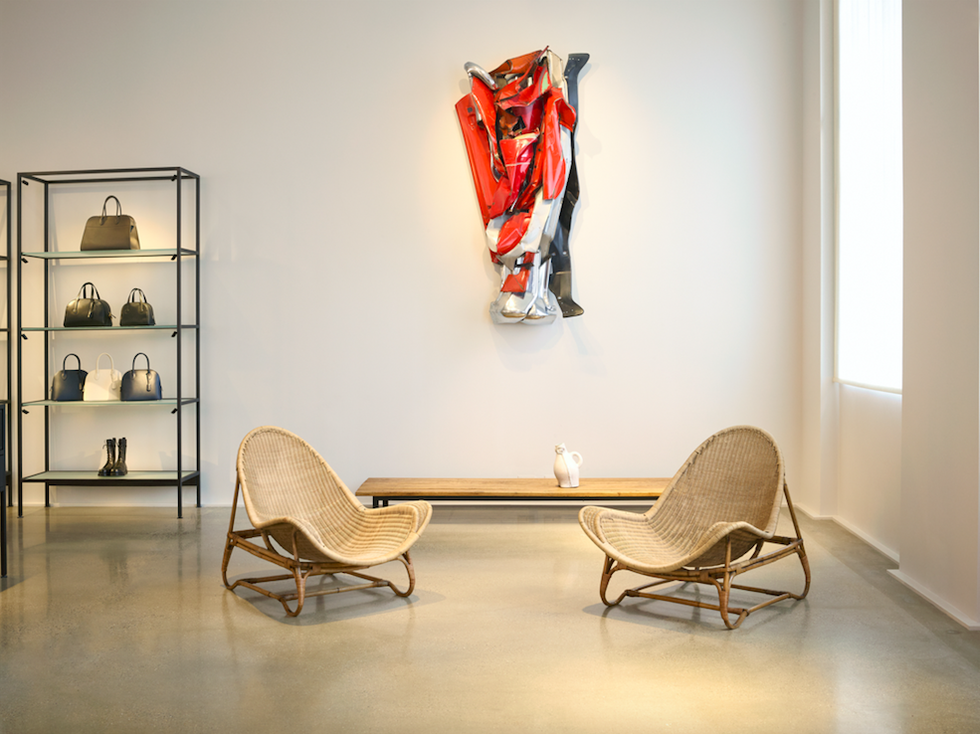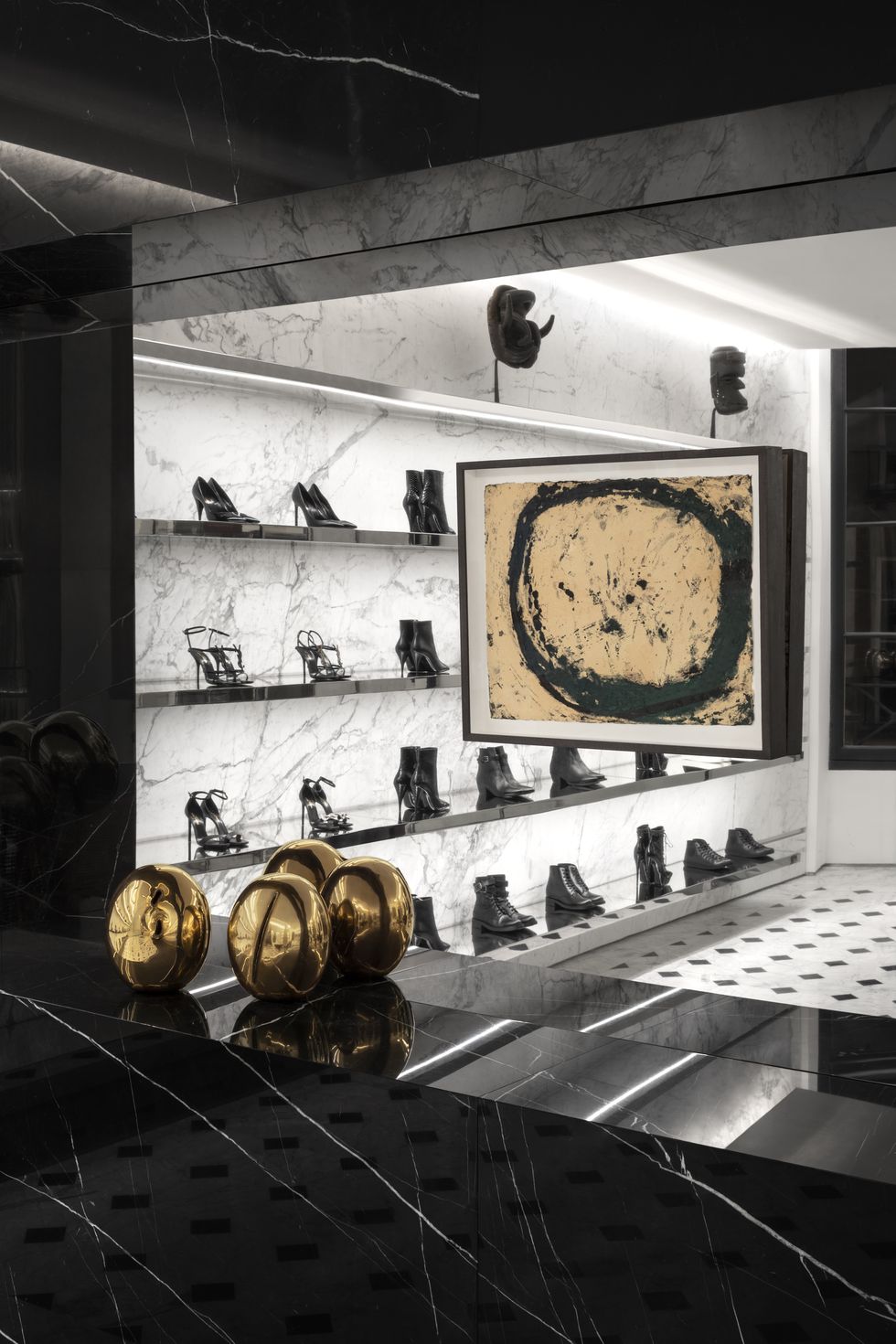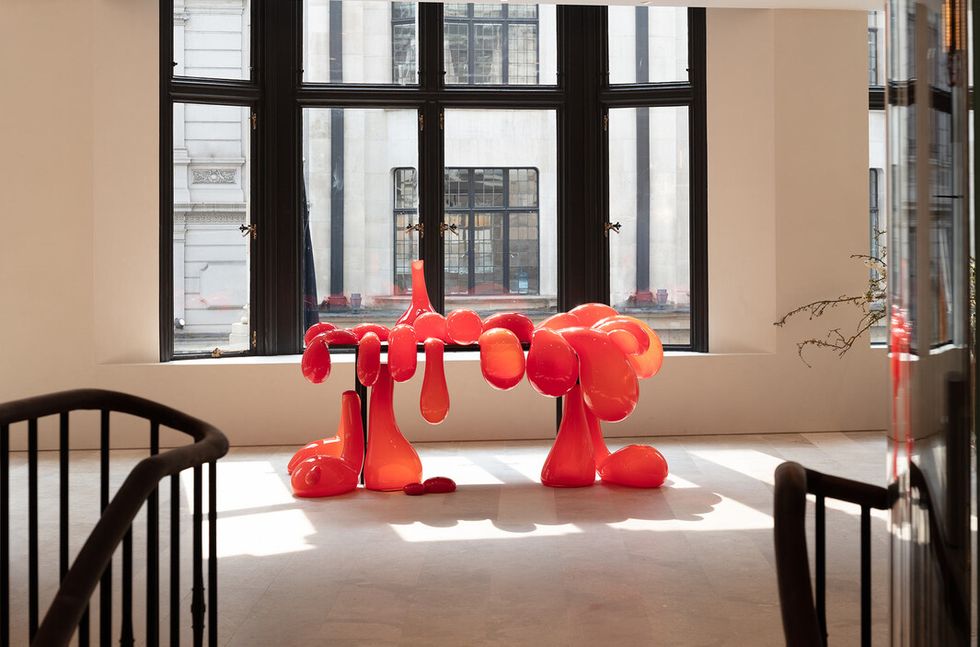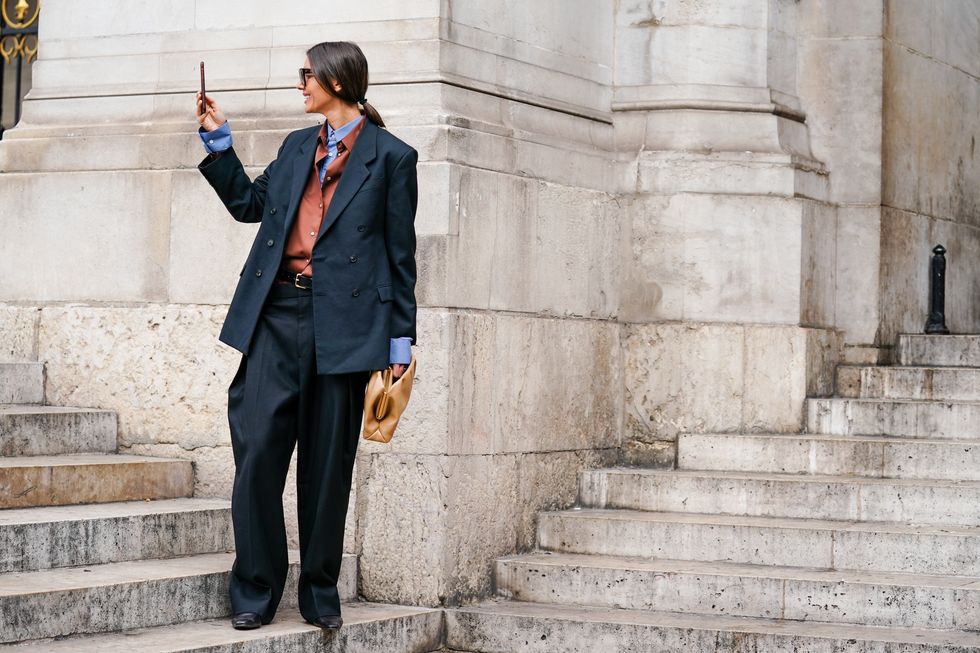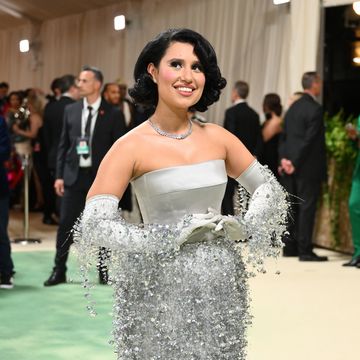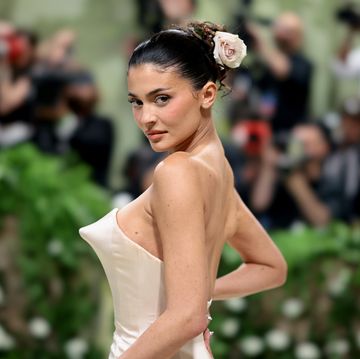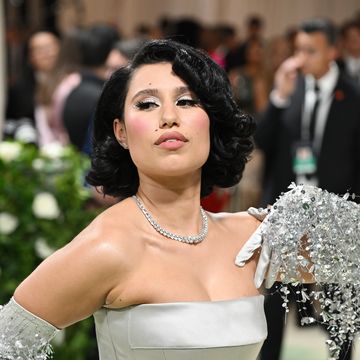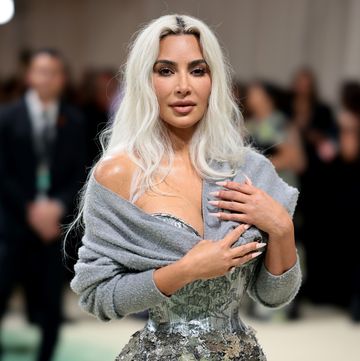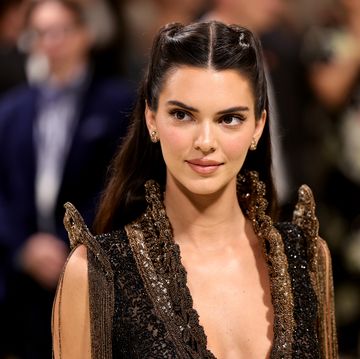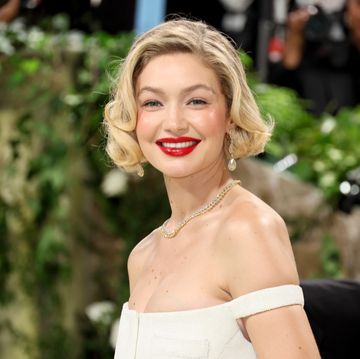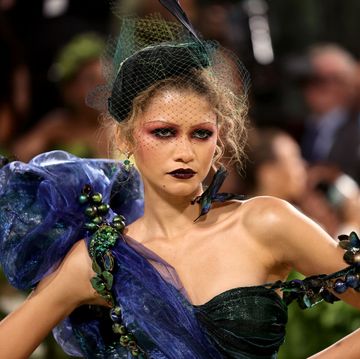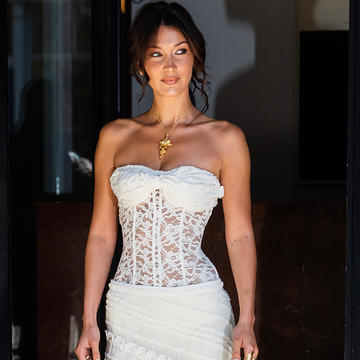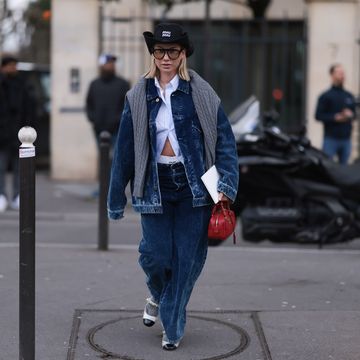A few years ago, every store was branding itself a ‘concept store’, throwing in potted plants, and fitting designer cabinets, crammed with carefully-curated tchotchkes that speak to a lifestyle beyond clothing. Because the internet came along and killed retail – allegedly.
It killed it as we knew it, at least, with 1 in twelve stores on the high-street closing in the past five years, and online sales now accounting for 20% of all retail purchases. Which has meant retailers have had to catch-up, or shut-up (shop, that is), and think up new ways to drive customers into their brick-and-mortar outposts.
Which is where spectacle comes in, as an increasing number of brands have changed tact, considering showmanship, as well as shopping, trying to offer experiences that can’t be replicated online. Their stores have become shopping spaces-cum-galleries, as they bet on Instagrammable experiences as their USP. Call it 'The Spectacle Store,' if you like – the concept store’s luxury upgrade.
‘The emphasis is no longer on products,’ according to a report on premium retail by Exane BNP Paribas. In other words, brands want you to come for the jumbo-stitch panel art, and stay for the rivet-punched boots – both of which you'll find at Louis Vuitton’s New Bond Street flagship, the latest example of this shift, opening this week.
Vuitton has a long history of engaging with art, collaborating with artists on products – from 2001's graffiti-painted bags by Stephen Sprouse, to 2013's menswear featuring prints by Jake and Dinos Chapman. This isn't that. Reopening after a 14-month makeover, the renovated store is a multi-storey expo fitted with the work of 43 artists, which – unlike those collections, and art you'd find in a concept store – is intended to be viewed, rather than purchased.
‘The face of retail changes so fast,’ says Peter Marino, who designed the New Bond Street store, and is something of a luxury-space tsar, having worked on Vuitton’s international outposts, and collaborated with Chanel, and Dior on their flagships. ‘It’s very much a necessity for [brands] to have these big special statements in key landmark locations.’
The second you cross the threshold of the New Bond Street store, you enter what Vuitton describes as a ‘changeable gallery space’. For Marino, this is about more than the art itself. It’s about replicating the experience of the gallery – the classic white-walled cube. ‘In my eyes, the ultimate luxury is space and light,’ he says, adding that we’re seeing this across the board in premium retail.
‘There has been a real evolution towards something lighter, clearer and, dare I say, happier.’ The selection of art in the made-over store is chosen to incite that same feeling, with Tall Glass, an immersive LED screen by light-artist James Turrell, installed front and centre. It’s something you step into, rather than look at (and something you’ll recognise as the backdrop for Drake’s Hotline Bling video...). It’s also intended to signal a shift: you’re leaving the streets of London behind for the rarefied world of luxury.
You’re not likely to see a Turrell light sculpture, the size of a small Zara, in… Zara. That point of distinction, from the high street as well as e-commerce, is an important factor in the rise of the Spectacle Store. ‘I wanted the space to have a dressier feel, to echo the streets of Mayfair and the sophistication of the neighbourhood,’ says Marino. But, for luxury brands, packing the stores with one-of-a-kind artwork is as much about cultural clout as it is driving traffic to physical outposts.
Hedi Slimane, keen to establish the creative integrity of his Celine (and set it apart from the Phoebe Philo chapter), made the redesign of Celine’s flagships a priority. He was quick to announce the ‘Celine Art Project’, wherein ‘site-specific’ art is installed, intended to sit beside minuscule mirror-ball blazers and chubby sheepskin coats.
Saint Laurent, too, opened specialist stores in Los Angeles and Paris this summer, installing work by photographers Helmut Newton, and Daido Moriyama. The brand recently announced it will be showing work from the White Cube's collection too, showing pieces by Sterling Ruby, and Ed Ruscha. Loewe's London flagship is another space packed with art, featuring pieces by Grayson Perry, and Turner Prize-winning artist Anthea Hamilton. Both spaces are, tellingly, named to reinforce that they’re physical destinations: Saint Laurent, after Rive Droite, where Paris’ moneyed art set once gathered; and Casa Loewe, which you probably don't need anyone to tell you is Spanish for 'house'.
There is, of course, an economic imperative. We already know e-tail is set to usurp bricks and mortar (whether we’re shopping for clothes or swapping the Tesco trolley dash for Ocado). Britain has lost 750 retail stores since 2013. And an enticing – Instagrammable – space can transform a brand’s fortunes. Burberry is an example of that, announcing in May that it's closing one in 10 stores internationally in a bid to boost profits after a dip in sales. Its first port of call for existing outposts? A flagship overhaul, with creative director Riccardo Tisci fitting the London Regent Street store with a two-storey installation by artist Graham Hudson.
Turning a retail space into a gallery of sorts – a cultural destination – plays into the increasingly lucrative ‘experience economy’, built on activities like hitting an exhibition, or going to the theatre (on which spending has increased 13% in the past year). The fashion exhibition, specifically, has grown in popularity, with exhibitions breaking visitor-records year-on-year. (The Met and V&A’s fashion exhibitions continue to break their own records.) Because there’s a taste for experiencing fashion-related spectacles offline. Including art objects in a fashion space.
Shopping is meant to seem secondary to the capital-S Showcase! (However much it remains at the fore of CEOs’ minds.) So the rise of the Spectacle Store is fashion marketeers’ sleight-of-hand trick, luring us in with the promise of a cultural activity, browsing one-of-a-kind art. Once we’re in, we’re susceptible to the ‘exit via the gift-shop’ strategy, which benefits the bottom line of every major gallery and museum – and we’re likely to document the visit on Instagram. Luckily for those without a budget for luxury fashion, we don’t have to buy anything; just browse to our (he)art’s content. And put the best bits in Stories.
This piece originally appeared in the November issue of ELLE UK.
